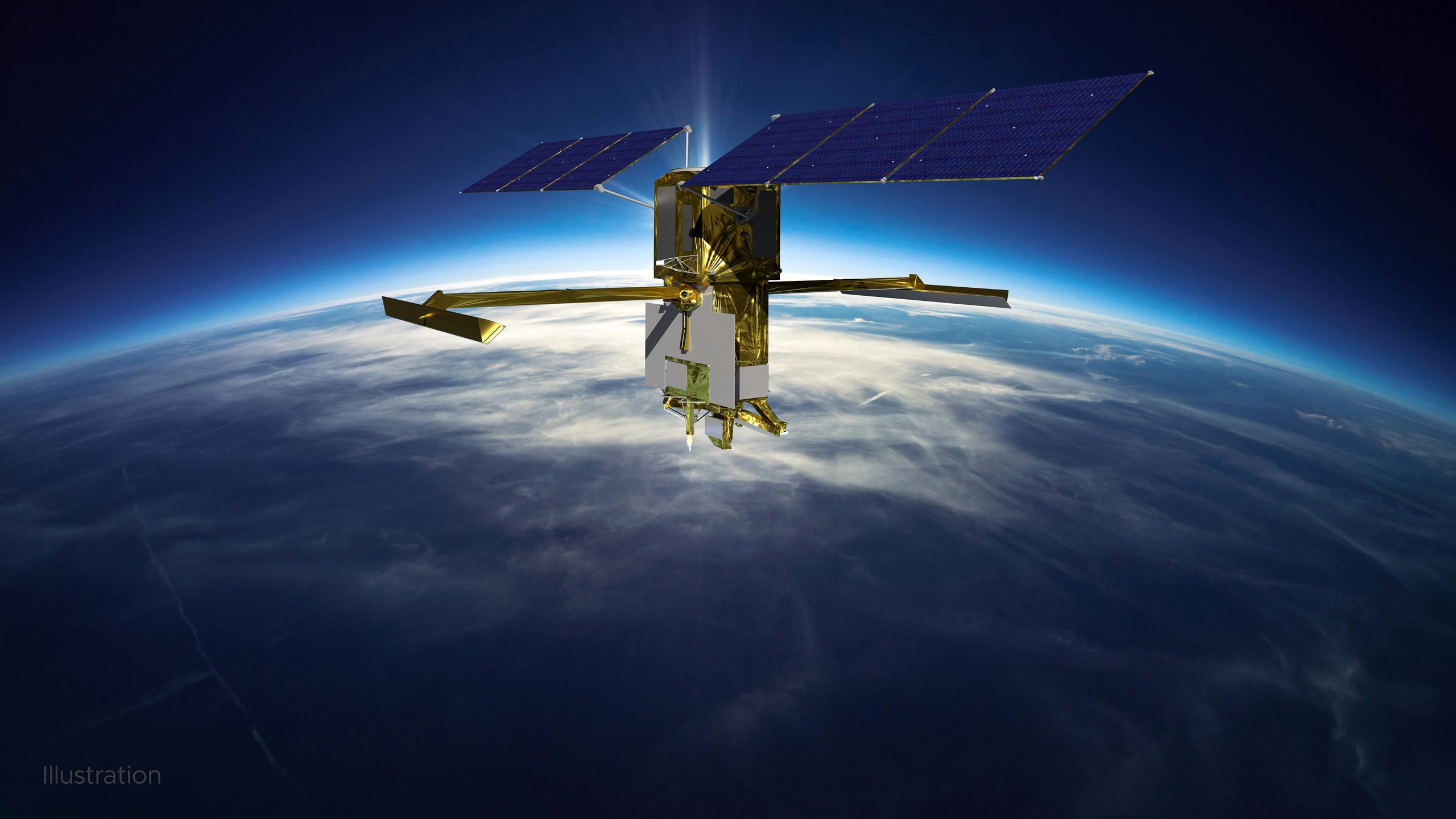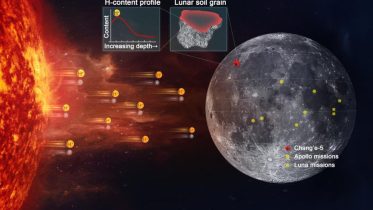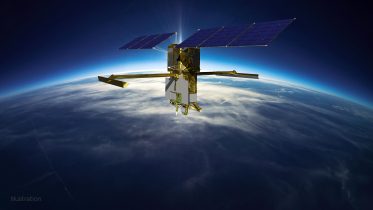
Surface Water
Surface water is water located on top of land forming terrestrial waterbodies, and may also be referred to as blue water, opposed to the seawater and waterbodies like the ocean. The vast majority of surface water is produced by precipitation. As the climate warms in the spring, snowmelt runs off towards nearby streams and rivers contributing towards a large portion of human drinking water. Levels of surface water lessen as a result of evaporation as well as water moving into the ground becoming ground-water. Alongside being used for drinking water, surface water is also used for irrigation, wastewater treatment, livestock, industrial uses, hydropower, and recreation. For USGS water-use reports, surface water is considered freshwater when it contains less than 1,000 milligrams per liter of dissolved solids. There are three major types of surface water. Permanent surface waters are present year round, and includes lakes, rivers and wetlands.


